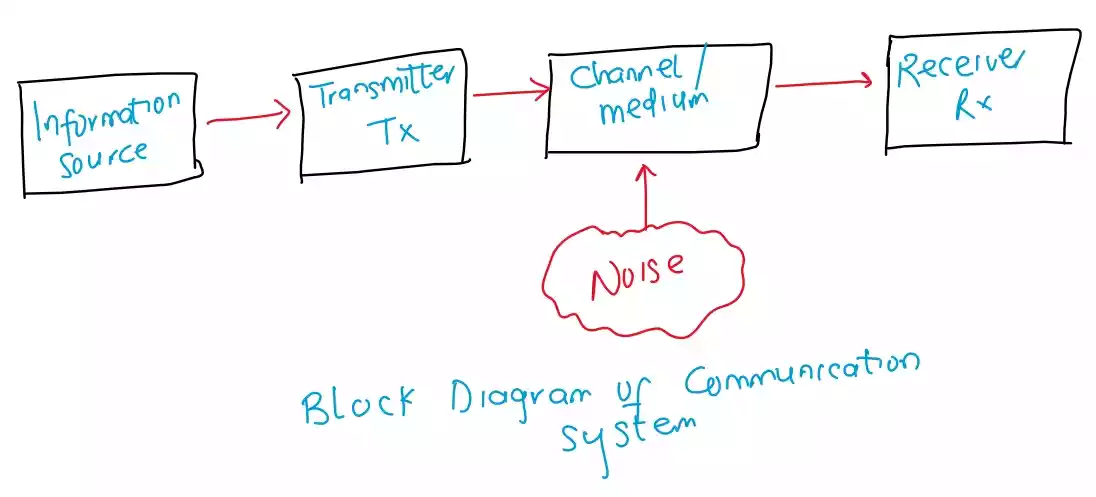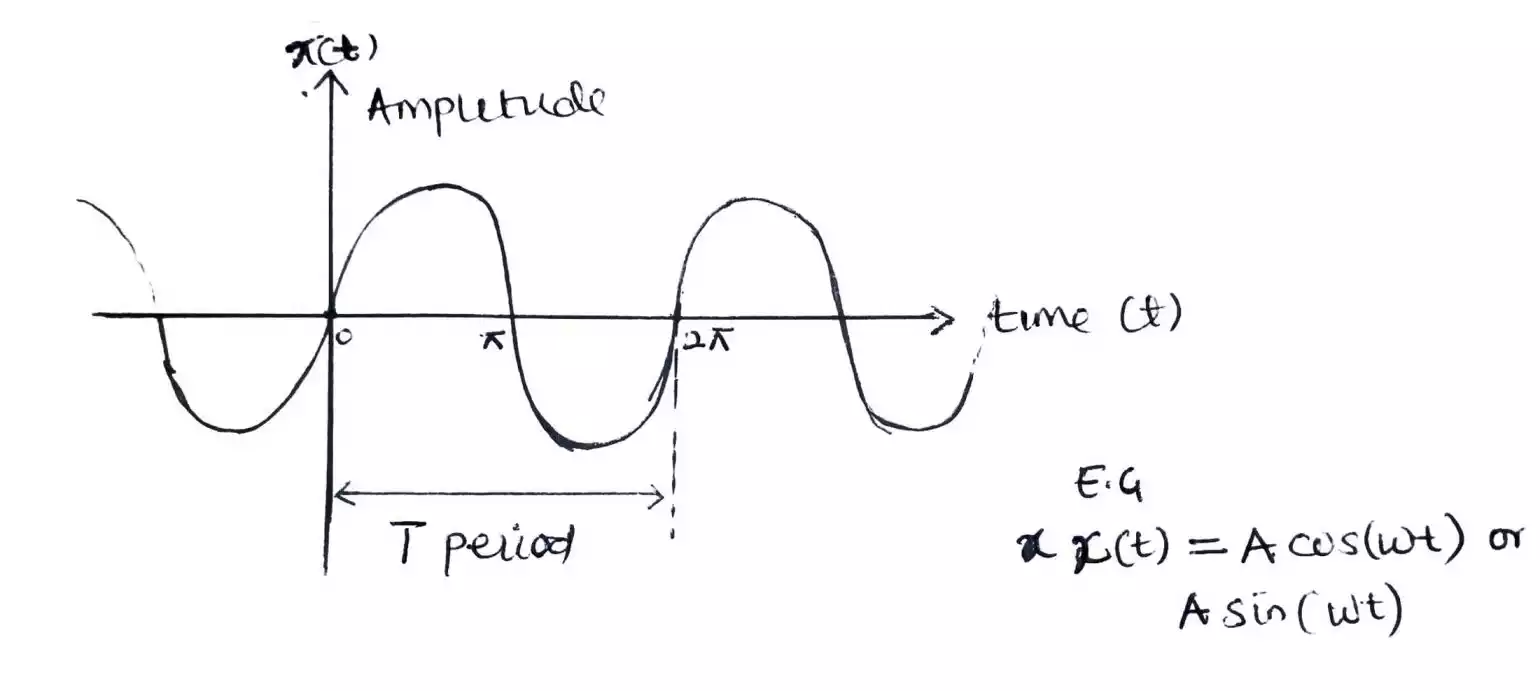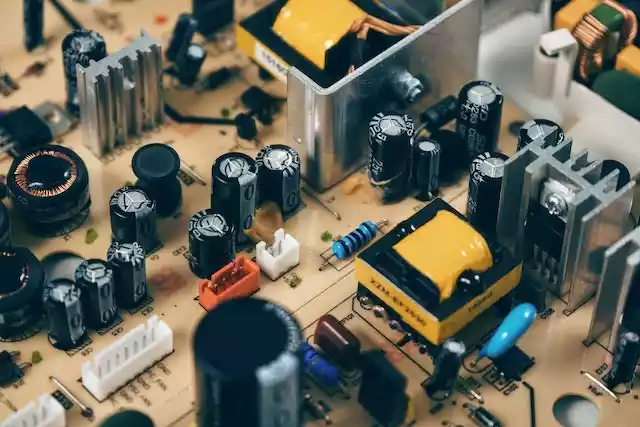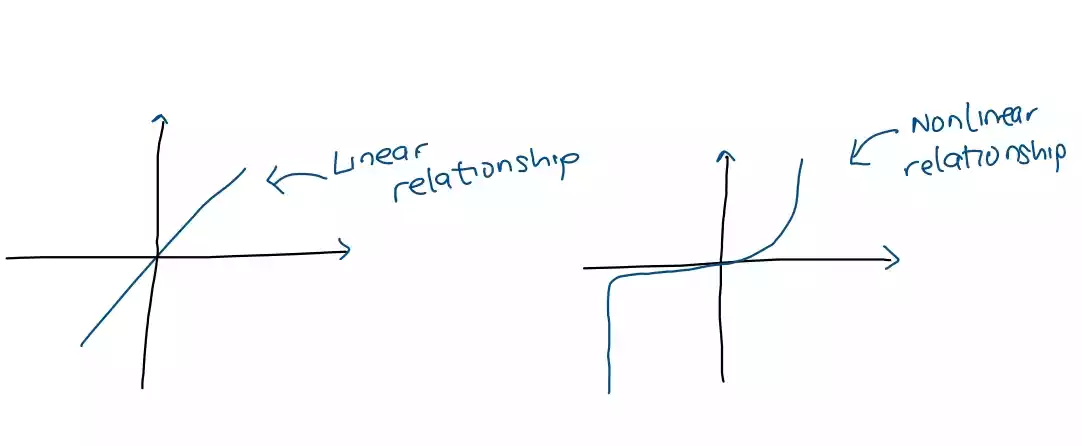Basic Elements of Communication Systems
What is a communication system?
A communication system refers to devices, circuits, or networks used for the transmitting, receiving and processing of information or data (such as voice, computer data etc.) between two different points or users.
Basic elements of communication systems
In a communication system, there are generally five basic elements, which are:
- Information (or data, is the actual message such as human voice)
- Transmitter (a device used for transmitting the information received)
- Communication Channel (or medium, is the medium where the message can travel through)
- Noise (or random signal which is introduced while transmitting the information, can be caused due to several natural factors such as thunder, sun radiation etc.)
- Receiver (a device used in extracting the message or information transferred)
Block diagram of communication system
This is a block diagram that depicts the elements which can be found in a communication system.

The basic components of communication systems are a transmitter, a communication channel (or medium), and a receiver.
The information (or data), is not actually part of the components of communication system as it is the message we transfer and can take different forms. Noise is present inherently in the channel or medium while transmitting the information.
1/ Information
Information is the message or data that is being communicated or transferred between the transmitter and receiver through the communication channel. The message could be anything from a simple text message, voice, music, to a complex image or video.
2/ Transmitter
The transmitter is composed of electronic circuits designed to convert the information or message into a signal (electrical waveform) suitable for transmission over a given communication channel.
Most times, the message that comes from the information source is non-electrical and can not be transmitted.
That is why such messages need to be processed or encoded before it can be transmitted. This encoding or processing can be done with the help of transducers which are suitable for converting the non-electrical messages into electrical signal. A microphone is an example of a transducer which is used to convert human voice, sound, or speech to electrical signal.
The transmitters in communication systems, have built-in circuitry such as encoders, decoders, transducers etc. and in some cases, there are amplifier circuit present. The amplifiers are used to amplify the incoming message, as they are mostly of low frequency and cannot travel over a long distance.
3/ Communication Channel or Medium
The communication channel is the physical medium that carries the transmitted signal (or encoded message) between the transmitter and the receiver. The medium can be a pair of conducting wire, coaxial cable, fiber optics cable or the free space.
Depending on the type of communication channel used in a communication system, the communication system can be classified into;
- Wire communication (also called line communication) and,
- Wireless communication (also called Radio communication)
4/ Noise
Noise is a random signal or an undesired electrical energy which enters the communication system via the communication channel. It interferes or disrupt the transmitted message.
Noise can either be natural or generated by human.
An example of natural noise is noise due to the radiation produced by the sun or thunder striking during the rainy season. Example of generated noise is noise from electrical motors or noise produced by electric ignition systems of cars.
Noise cannot be avoided but can be reduced.
5/ Receiver
The receiver just like the transmitter is composed of electronic circuits designed to decode the transmitted signal and to extract the original information from it.
Receivers in communication systems, are composed of amplifiers, detector, mixer, transducer etc.




